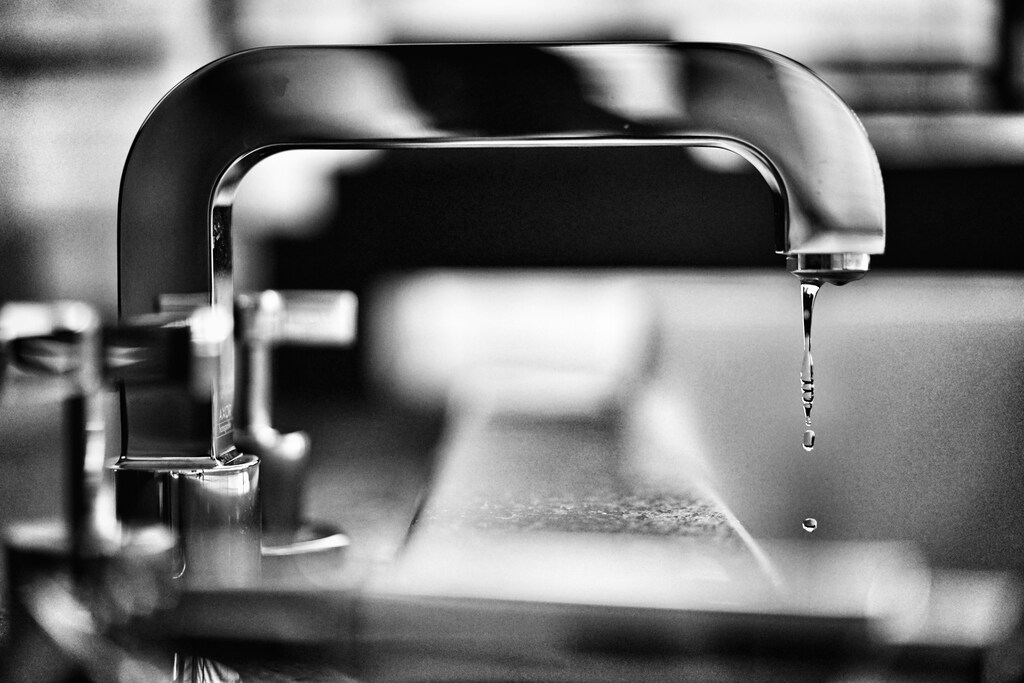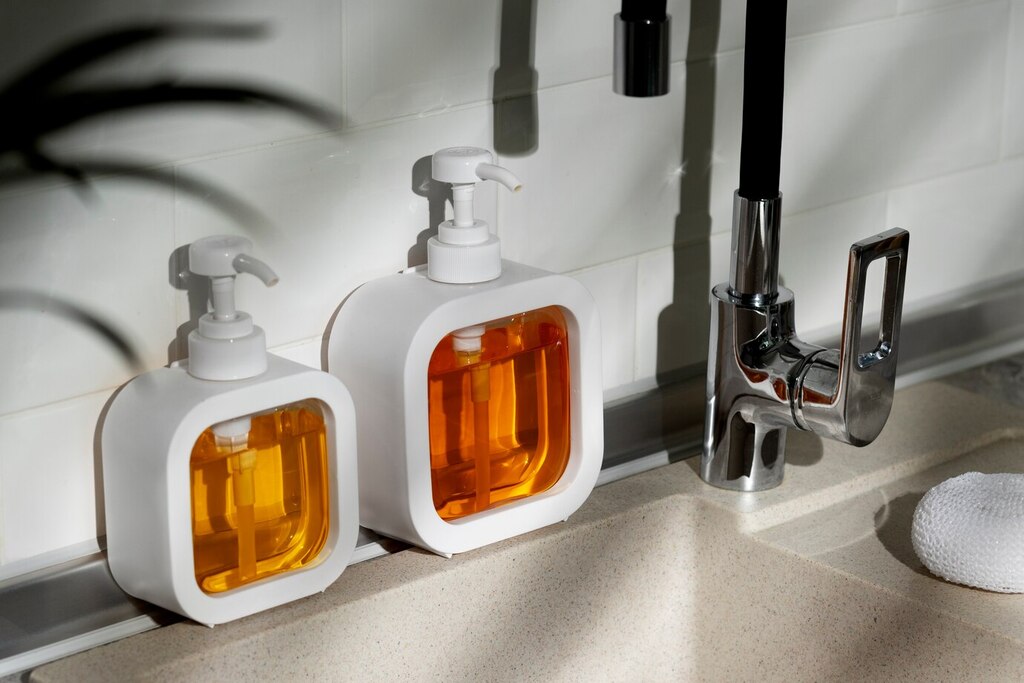Perfect container home plans should include the bedroom, bathroom, kitchen, living area, dining room, and laundry room. A container is made from steel, making it mold-free as the steel is impregnated with a product that stops it from rusting. The container home is also not vulnerable to water damage, making it possible to install a bathroom or two inside.
However, building a bathroom in a container house requires careful consideration as many things such as a plumbing system, sink, and septic tank need to be installed. You need to understand your needs, do the container measurement, and sketch a plumbing layout beforehand. You also need to understand the local building codes and permits for installing plumbing.
Here are some tips you can learn before building a bathroom inside your container home!
Plumbing Installation

Before thinking about toilet design, you need to install plumbing first, according to your container home plans to ensure freshwater supply and wastewater removal. The plumbing brings water in and removes waste. Laying the pipes and vents properly from the start avoids issues. Follow this guide for the plumbing installation:
Understanding Your Needs
Record all the water uses and determine where existing water/sewer hookups and well/septic are. Then, measure the container dimensions, sketch a plumbing layout, and mark where piping and fixtures will go while maximizing space.
With your specific needs mapped out through pre-planning, you can size the system components correctly and lay out the piping logically. This vital step sets up the entire plumbing installation for your shipping container home’s success.
Remember to provide hot water when planning the plumbing for your shipping container home. Consider energy-efficient options like tankless water heaters or solar-powered systems.
Materials and Tools You’ll Need
The right tools and materials are critical for adequately plumbing a shipping container. These are the materials and tools you’ll need for the plumbing installation:
- Tools for Pipework: Hacksaw, hole saw kit, mole grip, tubing cutter, plumber’s torch, thread sealing tape, press fitting system, pliers, and bucket.
- Plumber’s wrenches: Pipe wrench, adjustable wrench, basin wrench, internal pipe wrench, and faucet key.
- Plumbing drain cleaning tools: Plungers and hand augers.
- Safety tools for plumbers: Drain cleaning gloves, flashlights, goggles, and heat shields.
Preparing the Container for Plumbing
In this part, you need to measure the cutting and framing of the pipe openings. Then, think about insulation and moisture control to prevent condensation and mold growth in the container home bathroom.
Waste Disposal System
When planning the plumbing for your shipping container home, consider the waste disposal system such as traditional septic, city sewers, or eco-friendly composting toilets carefully. Proper waste disposal system planning ensures you choose an optimal disposal method that functions flawlessly.
Bathroom Installation Tips

Building a toilet inside a shipping container is not necessarily rocket science, but it does require careful planning. The installation complexity depends on the specific design that you put on your planning. These are the container bathroom installation tips you can use:
Understand the Structural Aspect
Shipping container modification can impact their structural integrity. If you are going to install it yourself, we suggest you directly consult with a structural engineer or an architect experienced in container modifications.
Your bathroom design will depend on your tastes. Try to place the bathroom at the end of the container to take advantage of the shipping container corner walls as this reduces the number of interior walls that need to be constructed, thereby reducing cost.
Define the size and the location of the sink, toilet, and shower. Try to place the shower in the corner and, in some cases, do not frame out any of the internal walls, let the shower water hit the steel walls to reduce the amount of ceramic tile required.
Space Optimization
Optimizing every inch of space that you have in your shipping container home is crucial when building a bathroom. Consider installing space-saving fixtures like corner sinks, wall-mounted toilets, and pocket doors to maximize the available space without compromising functionality.
Ventilation and Insulation
Ventilation (vents or windows) is used to prevent issues like mold and humidity buildup. In building a container home bathroom, insulation is also important for comfortable temperatures, especially in extreme climates.
Local Regulations and Permits
Some areas in your container home plans may have specific requirements for plumbing, electrical work, or structural modifications. Therefore, you need to check the local building codes and regulations to ensure that your project is legal and meets safety standards.
Professional Assistance
Engaging architects, contractors, or container modification specialists with experience in container projects can help navigate potential challenges and ensure that your container bathroom is both functional and compliant with regulations.
Maintenance
Maintenance is crucial for the longevity of your container home bathroom. Therefore, you need to check for leaks, wear and tear, clogs, or any other issues that may arise regularly.
An early issue finding can prevent a much bigger one. In the winter, “winterize” the plumbing to avoid freezing and burst pipes when temperatures drop. Shut off, drain exterior taps & lines, insulate pipes, and add heat trace wire if needed.
Also, you need to flush drains to keep them clear of grease and grime buildup. With vigilant maintenance and upkeep, your shipping container home’s bathroom will stay in good working order for years of comfortable function.
Conclusion
With careful planning, you can transform a shipping container into a compact, efficient, and fully functional space that meets your specific needs. Container homes are quicker to build, stronger, and not vulnerable to water damage. If you need to source some containers for the bathroom in your container home plans, look no further than Tradecorp! Order today via our quote form and we’ll reply ASAP!

